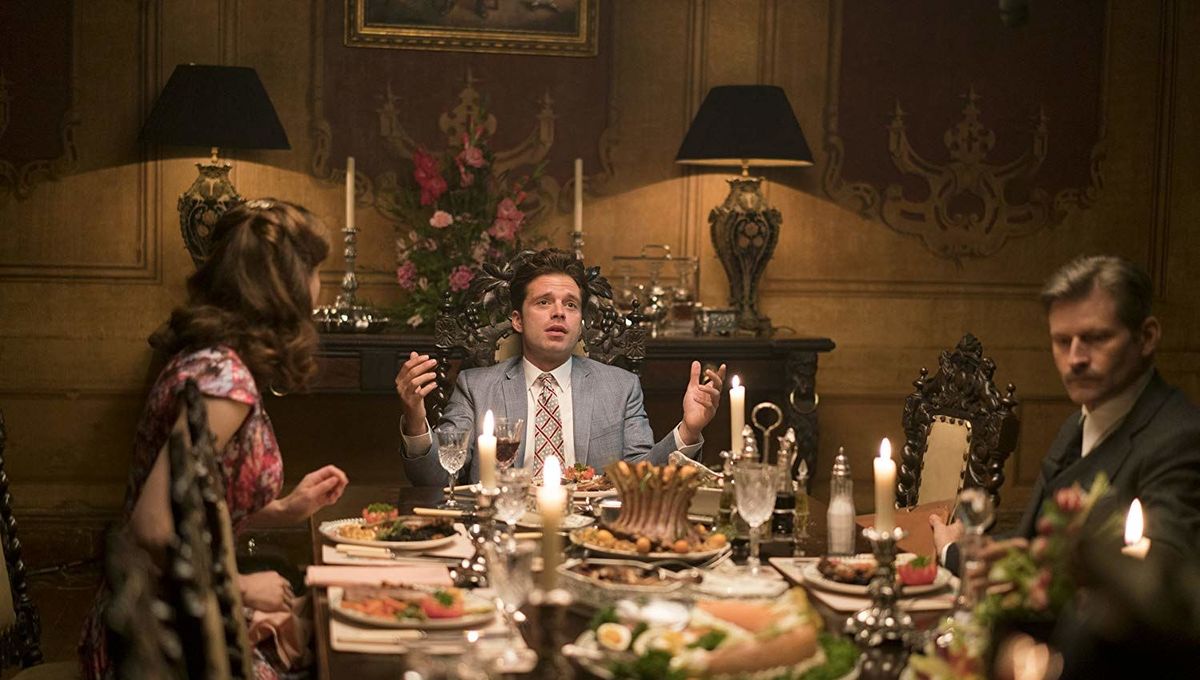
When she enters the grocery store, everyone goes silent until the owners have helped her and she leaves.

Merricat hates the villagers in return and often wishes them dead. The Blackwoods’ land is closed off from the outside world with a fence, and the villagers have always hated the Blackwood family. It’s Merricat’s job to go into town for groceries, but she doesn’t like having to face the villagers, who are hostile towards her.

She then begins her story some time earlier, on the day she brought home the library books that still sit on her shelf, long overdue. Likewise, the reader reads how the drawing-room, traditionally a “woman’s room,” is the only room besides the kitchen that the Blackwood sisters protect and fixed after the grand incident.The narrator, Mary Katherine Blackwood (known as Merricat) introduces herself and reveals that all of her relatives are dead, except for her sister Constance. The cans represent the female Blackwoods and their contribution to the family, as it is the china and cutlery she admires and protects. Constance’s symbol of power is the kitchen, and she re-images this “female room” into a more symbol of power. For Constance and Merricat, the canned goods are their heritage and heirlooms and not their inherited wealth. Not only do Merricat’s witchy powers protect her family, but also they protect their freedom and other feminist symbols. Second, Merricat’s black cat familiar Jonas, whose only job is to protect her from any harm therefore, why Merricat explicitly mentions that if they ran out of food, Jonas would hunt their food.Īlthough the witch has the perception of being the evil being and antithesis of the hero of the story, Jackson retakes the witch, and she twists it into a more positive image of protection. Although it is questionable if those safeguards work, their functionality is still valid for Merricat. First, she has developed a whole magic system that protects her and her sister from the harms of the outside world, which patriarchy is part of it. She is an 18-year-old woman who still behaves like a child with her world of imagination, fantasies, and made-up lands together with a group of violent ideas and wishes towards her “enemies.” Consequently, multiple clues point towards Merricat being a witch.

Merricat behavior is a clear representation of her mental state.

Merricat is the psychopathic representation of the free witch. Subtle enough, Jackson deposits in Merricat a set of disturbing traits to highlight the importance of the character.


 0 kommentar(er)
0 kommentar(er)
